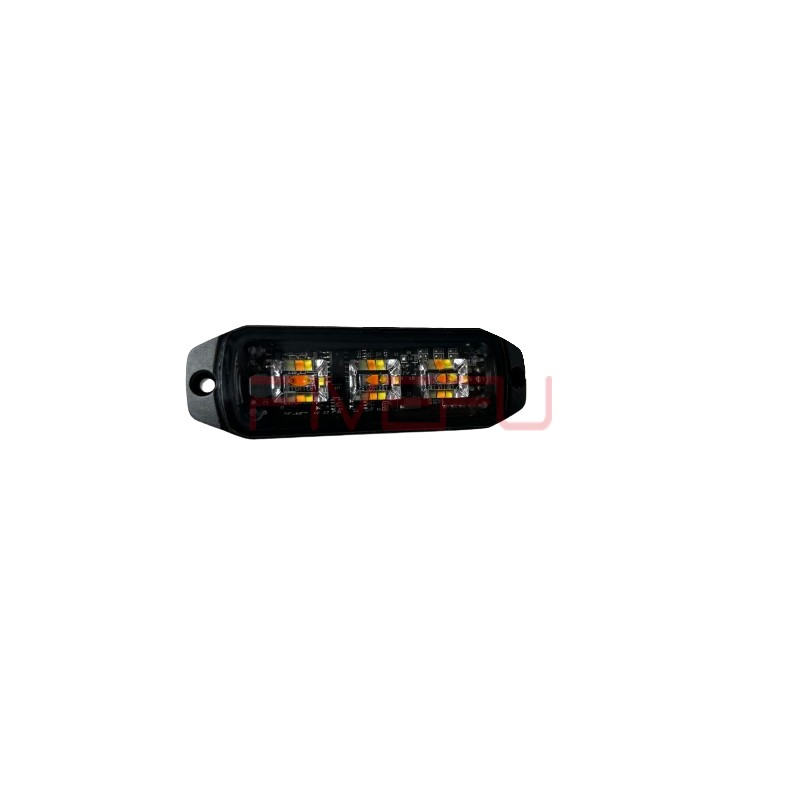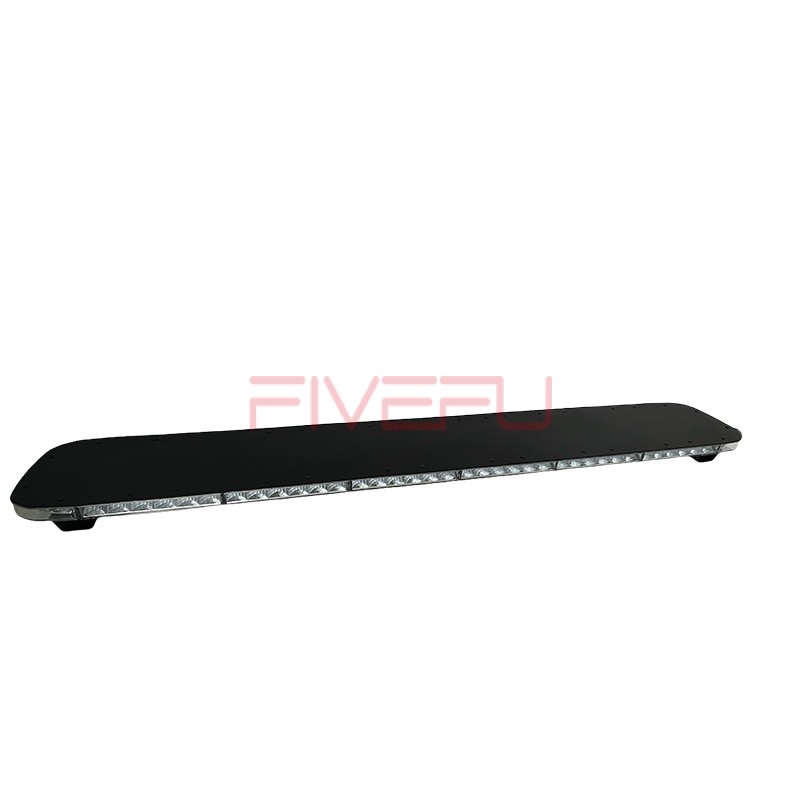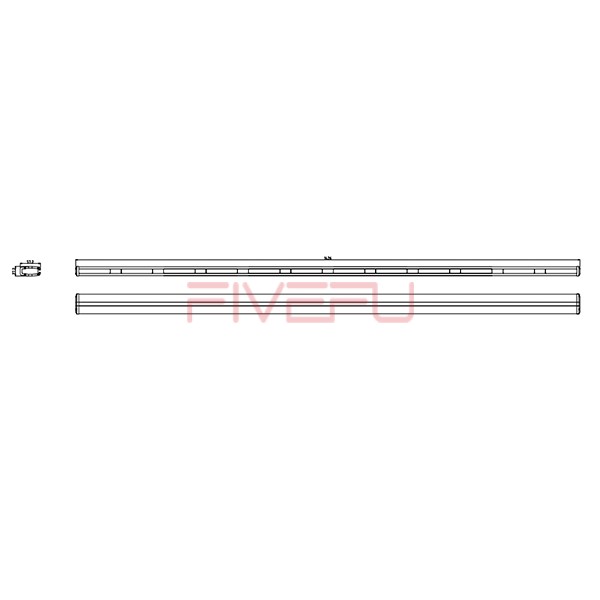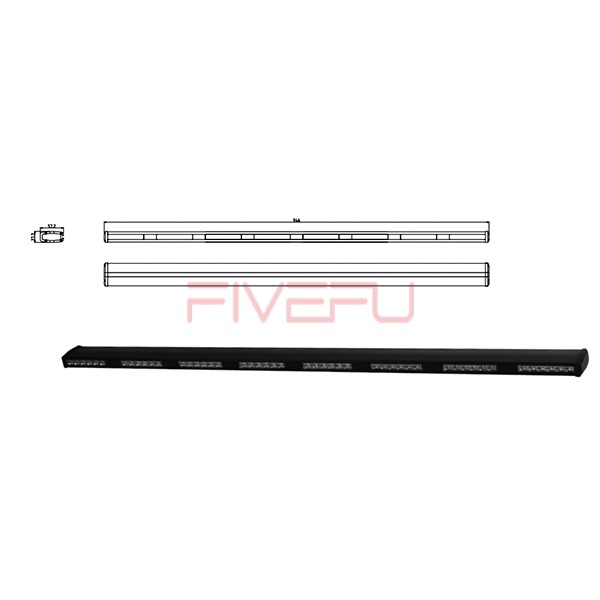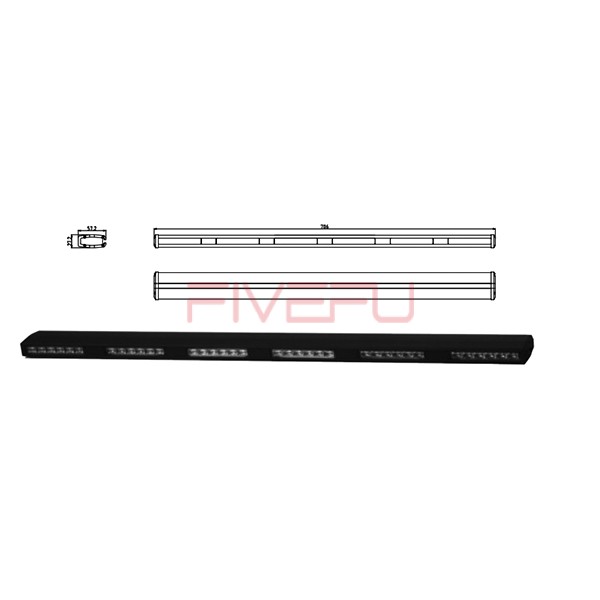Installing LED bulbs without removing the ballast may lead to compatibility issues, inefficiency, or electrical failures. Retaining a ballast when it’s not needed can increase energy costs and maintenance frequency. Understanding whether ballast removal is necessary ensures a smooth transition to LED lighting.
Removing the ballast is recommended for most LED bulbs, improving efficiency, reliability, and longevity. However, some LED bulbs are ballast-compatible and do not require removal.
Before replacing fluorescent tubes with LEDs, it’s essential to verify whether the ballast needs to be removed for proper functionality.
1. Understanding Ballast-Compatible LEDs
Some LED tubes are designed to work with existing ballasts, simplifying installation without rewiring. Always check manufacturer specifications.
2. Benefits of Removing the Ballast
Eliminating the ballast reduces energy consumption, minimizes failure points, and ensures consistent power delivery to LEDs.
3. How to Remove the Ballast
The ballast can be removed by disconnecting it from the circuit and rewiring the fixture directly to the power source.
4. Safety Considerations
Turn off the power before making modifications. If unsure, consult an electrician to perform the ballast bypass safely.
5. Testing the LED Bulb
After bypassing the ballast, test the LED bulb to ensure proper installation and functionality before completing the setup.
Conclusion
Removing the ballast when installing LED bulbs enhances efficiency and reliability. Check bulb compatibility before deciding whether to remove or retain the ballast.
